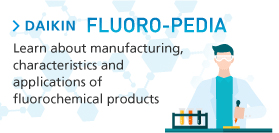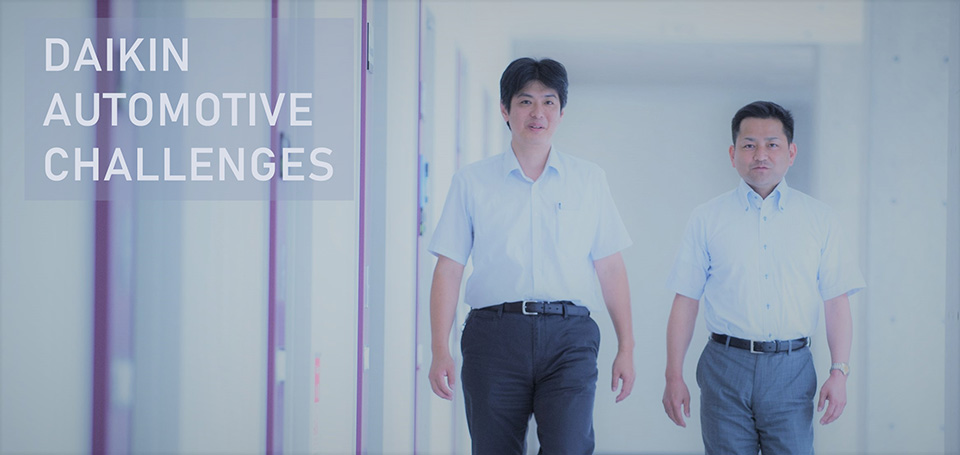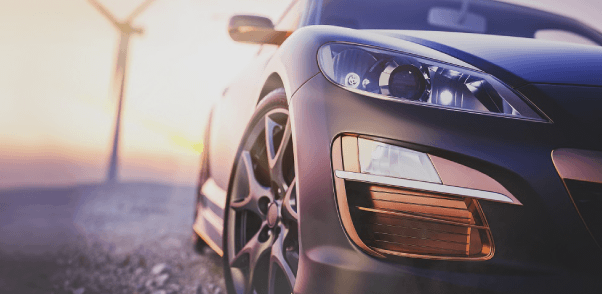-
It is absolutely true and not only for external sensors. UV degradation and surface fouling are also topics often discussed for cars’ interiors. Naturally, drivers of luxury cars appreciate beautiful exteriors but they also experience a special driving pleasure when they turn the steering wheel or press down the accelerator. In autonomous vehicles, as machines are driving in place of people, these appreciated sensations do not longer exist. The pleasure of riding a quality car will have to be found in other aspects of the vehicle.
The car value focus then shifts from exterior appearances and engines to the control equipment and systems, which include software and the accompanying updates. Accordingly, the experience of a luxury car becomes evaluated on its inside, making the role of interior materials extremely important. Because materials currently used in car interiors are susceptible to degradation from ultraviolet radiation, UV resistance becomes increasingly more decisive.
In addition to that, car sharing services will increase as autonomous driving becomes a reality and the differentiation of cars based on appearance and engines will significantly decrease. For traditional car rental companies, a vehicle can relatively quickly be assigned to a next user once it is returned and cleaned. With car sharing services, a person might ride a car right after another person without it being cleaned. This new use habits makes interior maintenance of surfaces, including antifouling and antibacterial, a significant factor.
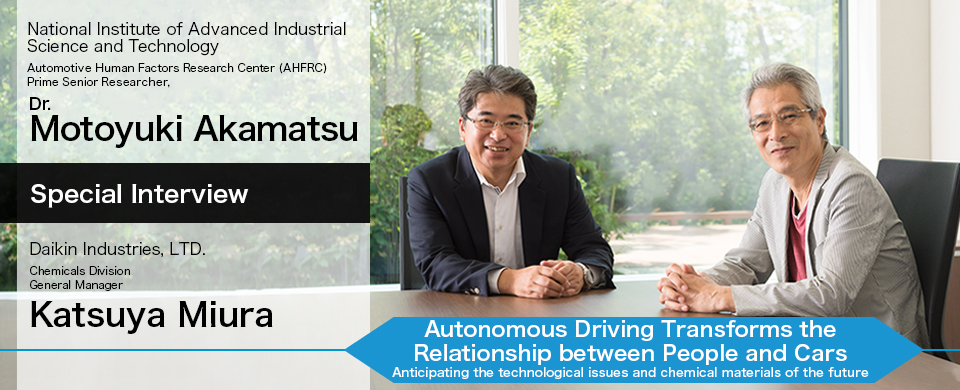
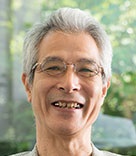
Dr. Motoyuki Akamatsu
National Institute of Advanced Industrial Science and Technology
Automotive Human Factors Research Center (AHFRC)
Prime Senior Researcher,
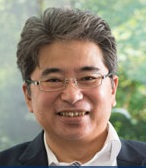
Katsuya Miura
Daikin Industries, LTD.
Chemicals Division
General Manager
Interview
07/2017
Vol.2 Autonomous driving transforms the relationship between people and cars
With the advent of autonomous driving, the relationship between people and cars is being transformed. Achieving pleasure to use for these new cars will necessitate a stronger focus on the human factors when it comes to materials selection and product development. Conscious of the changes brought by autonomous driving, Katsuya Miura, General Manager in the Chemicals Division of Daikin Industries, Ltd., sits down with Dr. Motoyuki Akamatsu, chief researcher at the Automotive Human Factors Research Center to discuss what technology and chemical materials will be needed for the motorized society of the future.
Miura
Daikin was founded in 1924 and will celebrate its 100th anniversary in seven years from now. Within the company, the Chemicals Division represents roughly 150 to 160 billion yen revenue. Beginning with air conditioning refrigerant, the product lineup for fluorine materials has risen close to 1,800 product types including elastomers, resins, and specialty chemicals. In the field of fluorochemicals, Daikin ranks as a foremost and innovative producer. Capitalizing on the unique features of fluorine, we have significantly increased our presence in automotive, information technologies (IT) and semi-conductors.
Using fluorine materials to solve technological issues in the changing relationship between people and cars
Miura
Daikin was founded in 1924 and will celebrate its 100th anniversary in seven years from now. Within the company, the Chemicals Division represents roughly 150 to 160 billion yen revenue. Beginning with air conditioning refrigerant, the product lineup for fluorine materials has risen close to 1,800 product types including elastomers, resins, and specialty chemicals. In the field of fluorochemicals, Daikin ranks as a foremost and innovative producer. Capitalizing on the unique features of fluorine, we have significantly increased our presence in automotive, information technologies (IT) and semi-conductors.
Akamatsu

Miura
-
I see. At Daikin, we bridge this gap by developing surface modification materials that are antifouling and antifingerprint. Our R&D is also attentive to market needs, and observed an increasing demand for durability and a waterproofing function. In this way, I think we are uniquely equipped to solve these types of issues.
Our customers also required higher flexibility and softer textures for the consumer goods when using our fluororesins and fluoroelastomers. These preferences have been incorporated in products development for skin contacts. Because of their resistance to body fluids and sebum, these products are particularly suitable for wearable devices such as biosensors.
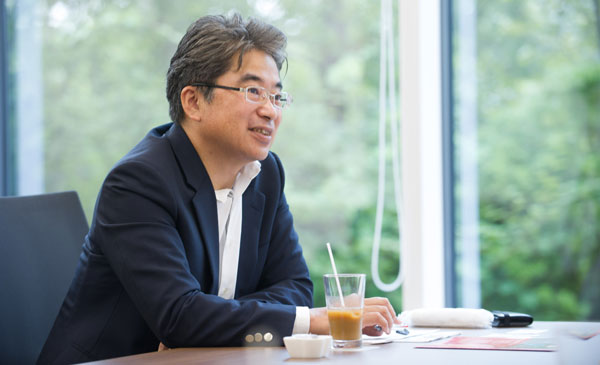
Akamatsu
Wearable sensors can meet the needs of elderly drivers. Currently, consortiums are being formed with manufacturers to tackle projects in this field. An example would be to prevent driving accidents to happen, by detecting sudden changes in the physical condition of senior’s drivers. Infarctus, stroke and sudden loss of consciousness are more likely to occur with age. In accidents involving seniors we typically see a pattern of irregular heartbeat that is 2-3 times faster than normal, as well as poor blood flow. These data are being collected by medical sensors. It would be safer and convenient to carry a comfortable to wear device: anomalies could be detected at an early stage by wearables measuring heartbeat and pulse.
Communication among engineers and specialists is essential to anticipating the necessary technological issues
Miura
To your opinion, what are today the technological issues slowing down the development of autonomous vehicles?
Akamatsu
When speaking of the maintained road, the method of recognizing the white line by image data processing is the common way. However, it isn’t just a matter of whether there is information for the car lane and in front of the car. The issue is whether sensing can be performed and to what degree the ever-changing environment can be stabilized. Then it will be necessary to determine what is possible under what type of conditions and in which areas regions. Establishing a dividing line for the range of entrusting a system and the range decided by humans is difficult. We then have to decide the definition of certainty. Is it 1 error per 100 kilometers? Or is it maybe 1 error per 1,000 kilometers? Obtaining zero errors is unrealistic, so we need to determine the level of reliability in which a person can ride with confidence using a backup system. Thus, the current technological issue is environment recognition and the degree of stability and precision that accompanies it.
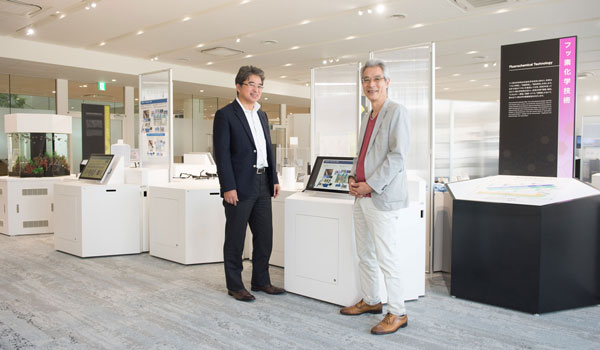
Miura
That is an extremely difficult challenge. We know how complex it is to develop a solution that impacts a complete value chain. With that in mind, Daikin created the Technology and Innovation Center (TIC) in November 2015 to provide an environment for engineers to quickly respond to highly-complex issues like that. Producing good products is the primary function of a manufacturer, and creating and refining technology for new products is a concern for the entire company. TIC was created in recognition of the importance of collaborative creation. Here engineering specialists from other departments and outside the company can perform research in collaboration. We also encourage projects that cross the different business divisions of the company such as air conditioning, chemicals, oil hydraulics, and electronics. By gathering engineers with expertise in a variety of fields it creates a forum for free-flowing communication that sparks innovation.
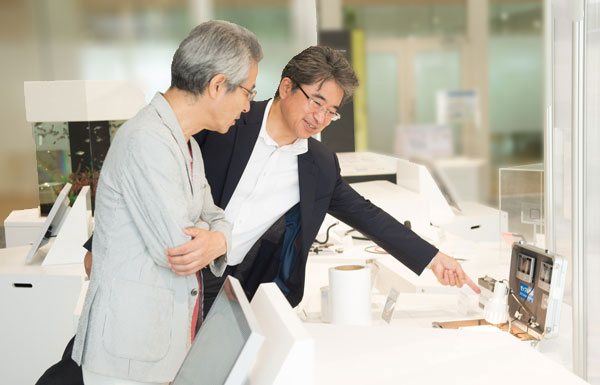
For example, when a challenge is identified in one field, we can ask engineers from a different domain such as air conditioning to help. Air conditioners are built using many different parts such as motors, inverters, and components related to heat exchange. When you are wondering what can be done for the motor or inverter of an automotive, for example, it is possible to find specialists within the company to ask. We can propose answers to technical issues more easily by utilizing such an open innovation activity.
Placing greater emphasis on human factors for cars of the future
Akamatsu
Irrespective of autonomous driving, the automotive industry places importance on human factors, and the idea that humans must be part of the equation is particularly strong. No matter the car created, the aim is to produce the best tool for humans, and this also includes the electrical control technology. For this reason, it is necessary to understand humans. In cars, human engineering is a classic element. In the past, settings such as the seat layout and dashboard distance were mainstream considerations as part of cabin design. Recently ease of use, comfort, and enjoyment are given great prominence.
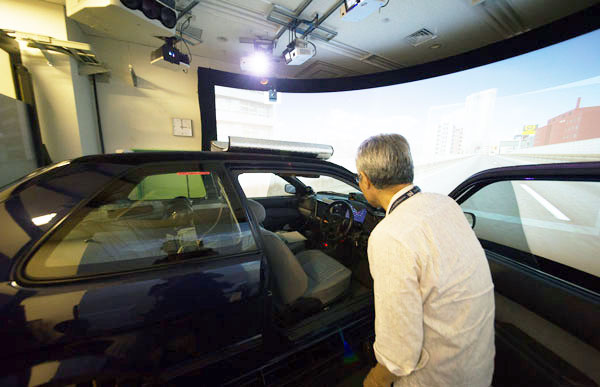
-
Currently, I am studying these types of human factors for driving pleasure. The autonomous driving and driving assistant technology are unworkable if they are not harmonized with human needs. Once autonomous driving has further progressed, people who love cars will lose the pleasure to drive. That is why, we are quickly approaching the time when we must redefine what the concept of driving is.
Mihaly Csikszentmihalyi, a renowned doctor of psychology in the United States who advocated the flow theory, has said that we enjoy participating in sports for the chance to channel all of our energies and challenge ourselves. When the skill level of the opponent is either too high or too low, our enjoyment significantly decreases. It is only when abilities are evenly matched that we find true satisfaction in a victory. It is the same with driving. When driving along a winding mountain road, you may find it rather difficult and it may test your best abilities, but you experience an enjoyable sensation while you are doing it. The sense of control dominates your entire being and gives you pleasure. The degree of the exertion is called demand, and demand is not only the exertion put into it but it is also the control over one’s self. Explicitly, when driving at a leisurely pace you may feel relaxed, but a big change occurs when the speed is increased, even when driving on the same road. Controlling the difficulty of the task overall is the fun of the car. What I would like to stress is that these pleasures can also be obtained from autonomous driving.
In autonomous driving, it’s possible to drive with all our best and drive by entrusting to a system. For this reason, people in the future will be able to enjoy the timing between a static and dynamic driving rhythm even more than now. I think the point is to think about autonomous driving technology from the perspective of technology that expands the range of functions that a person can use.
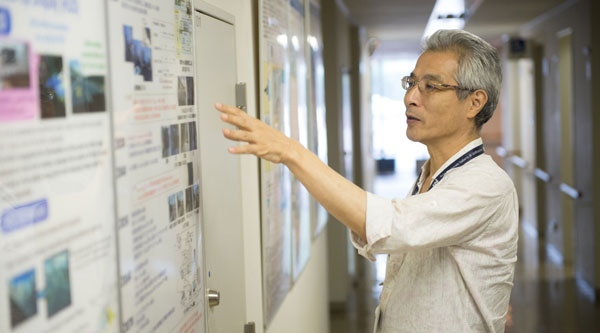
Miura
-
So, it is not if autonomous driving reduces the fun of driving but is rather the approach that enables us to capture the fun of driving by expansion of tasks. From what you have said, I realized that autonomous driving changes car user’s satisfaction, the added value for a car, and the manner the car is used. To respond quickly to the changing market, Daikin is always investigating the trends of the automotive industry. For this reason, we would like to set our sights on autonomous driving from our base in San Jose, United States, and in the future we are planning to establish a laboratory in Detroit. This will allow us to maintain constant communication with automobile manufacturers and related companies.
The major common for needs these days is to make items smaller and lighter. We would like to perform technological development and relieve the stress of operation no matter what system is used. Naturally, because our technology is still improving, we will continue collecting an array of information from people like Dr. Akamatsu on what the new generation of driving will be like and how we can fulfill our role as a chemical materials manufacturer that stays one step ahead in technology as well.
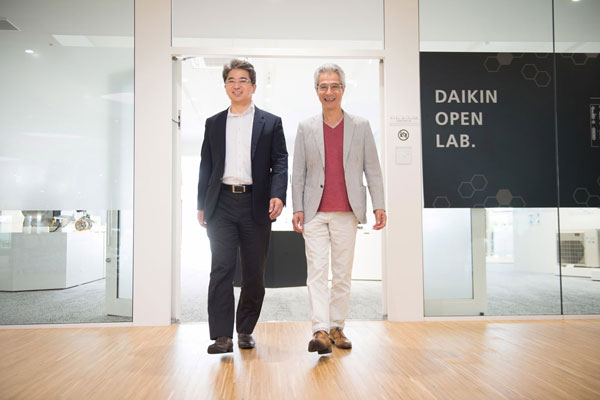
RELATED ARTICLES
